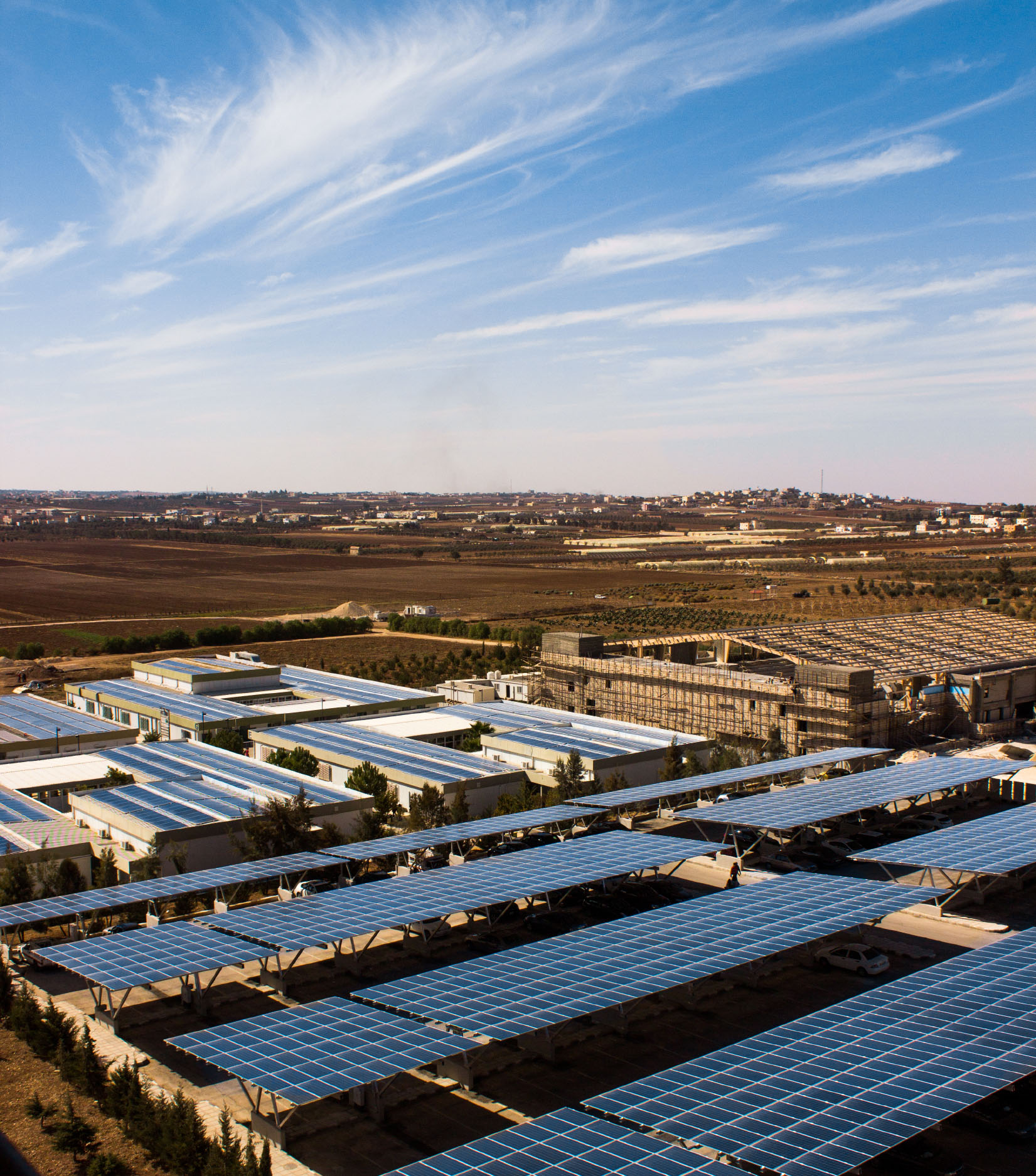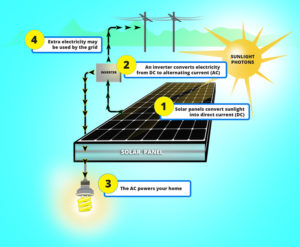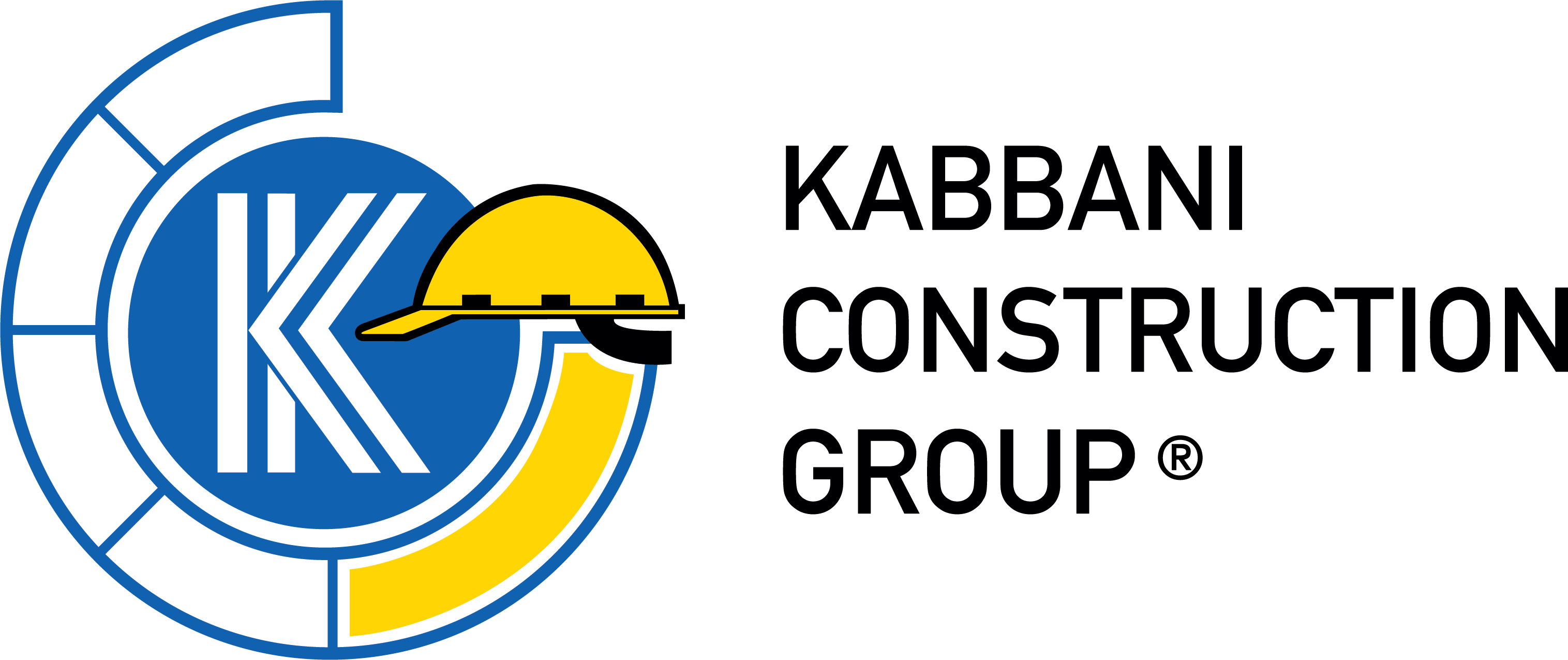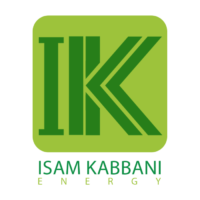Solar Energy Systems
benefit.
The sun is a natural nuclear reactor that releases small packets of energy called photons. These photons travel the long distance from the sun to Earth, approximately 93 million miles, in 8.5 minutes. Enough photons reach our planet on an hourly basis that will allow us to generate solar energy that will last the entire earth for a year. Although solar energy currently accounts for only about 19 percent of the planet’s energy consumption, it is currently on the rise and has become the world’s fastest growing source of power.
Solar panels, what we use to generate solar energy, are made up of solar cells. These solar cells are made of silicon, like semiconductors. Each solar cell has a negative layer and a positive layer with conductors attached to each layer. Once photons from the sun reach the solar cells, they knock the electrons loose from the cells’ atoms, forming an electrical circuit. When electrons flow through the electrical circuit, electricity is generated.

- Solar energy is the cleanest, most renewable energy source available.
- The sun delivers more energy to earth in one hour than all of humanity uses in one year.
- The earth receives about 1,366 watts of direct solar radiation per square meter.
- 173,000 terrawatts of solar energy strike the earth continuously. That’s more than 10,000 times the world’s total energy use.

Solar Energy In Detail
How Do Solar Panels Generate Electricity?
With AC (alternating current) electricity, electrons are pushed and pulled, periodically reversing direction, much like the cylinder of a car’s engine. Generators create AC electricity when a coil of wire is spun next to a magnet. Many different energy sources can “turn the handle” of this generator, such as gas or diesel fuel, hydroelectricity, nuclear, coal, wind, or solar.
AC electricity was chosen for the U.S. electrical power grid, primarily because it is less expensive to transmit over long distances. However, solar panels create DC electricity. How do we get DC electricity into the AC grid? We use an inverter.

What Does a Solar Inverter Do?
Central inverters have dominated the solar industry since the beginning. The introduction of micro-inverters is one of the biggest technology shifts in the PV industry. Micro-inverters optimize for each individual solar panel, not for an entire solar system, as central inverters do. This enables every solar panel to perform at maximum potential. When a central inverter is used, having a problem on one solar panel (maybe it’s in the shade or has gotten dirty) can drag down the performance of the entire solar array. Micro-inverters make this a non-issue. If one solar panel has an issue, the rest of the solar array still performs efficiently.
How Does a Solar Panel System Work?
However, what happens if you’re not home to use the electricity your solar panels are generating every sunny day? And what happens at night when your solar system is not generating power in real time? Don’t worry, you still benefit through a system called “net metering.”
A typical grid-tied PV system, during peak daylight hours, frequently produces more energy than one customer needs, so that excess energy is fed back into the grid for use elsewhere. The customer gets credit for the excess energy produced, and can use that credit to draw from the conventional grid at night or on cloudy days. A net meter records the energy sent compared to the energy received from the grid.


